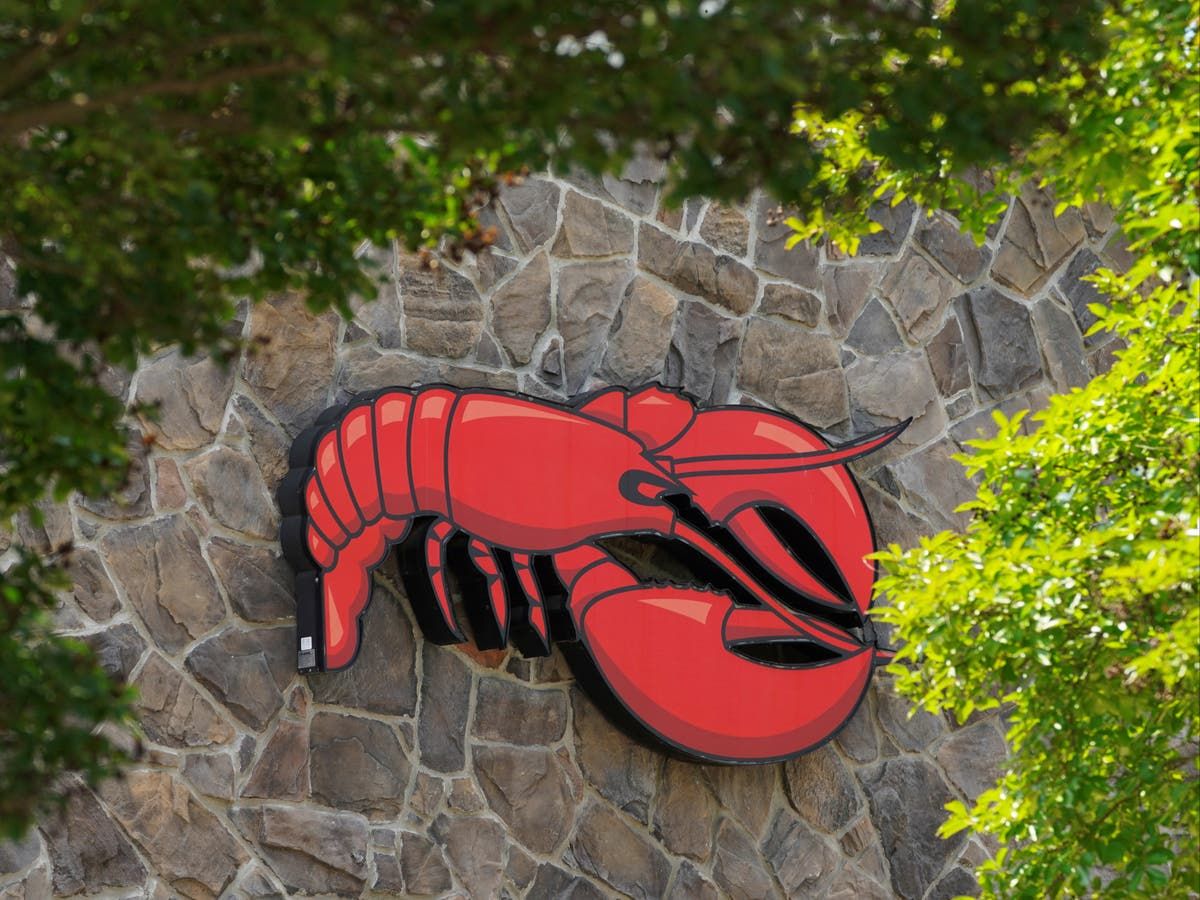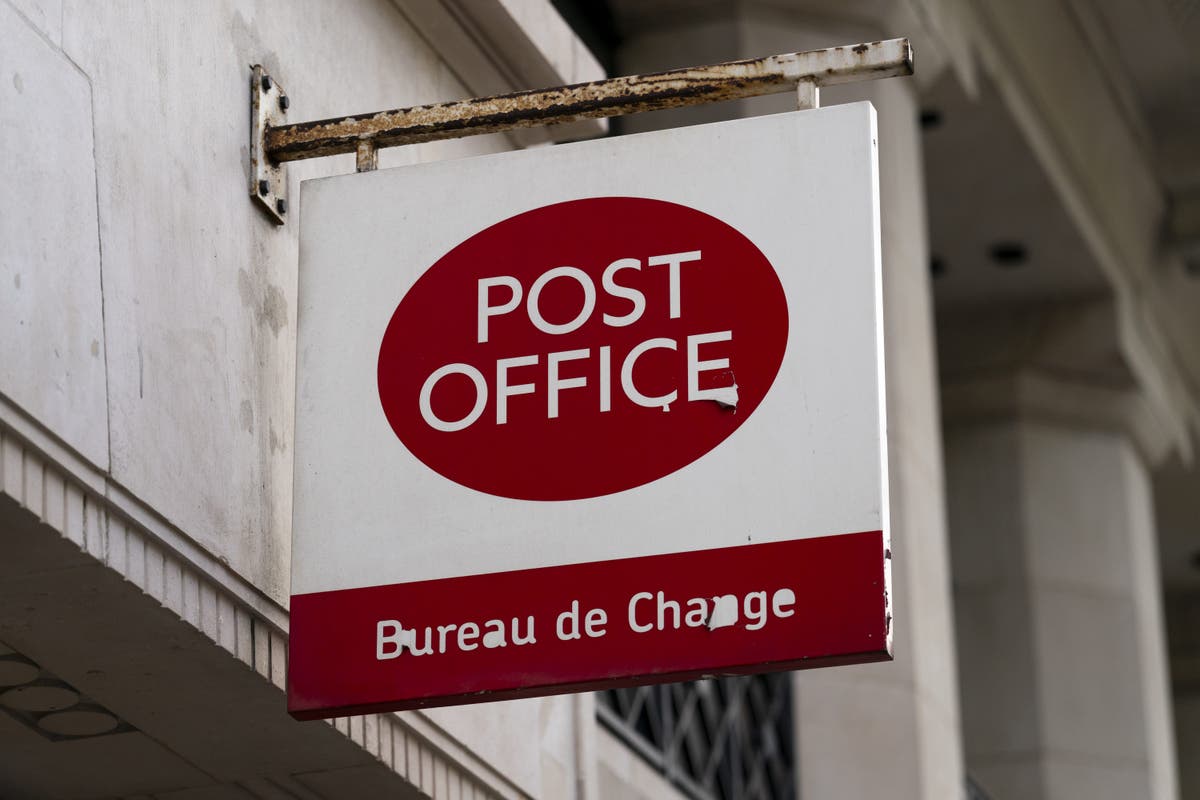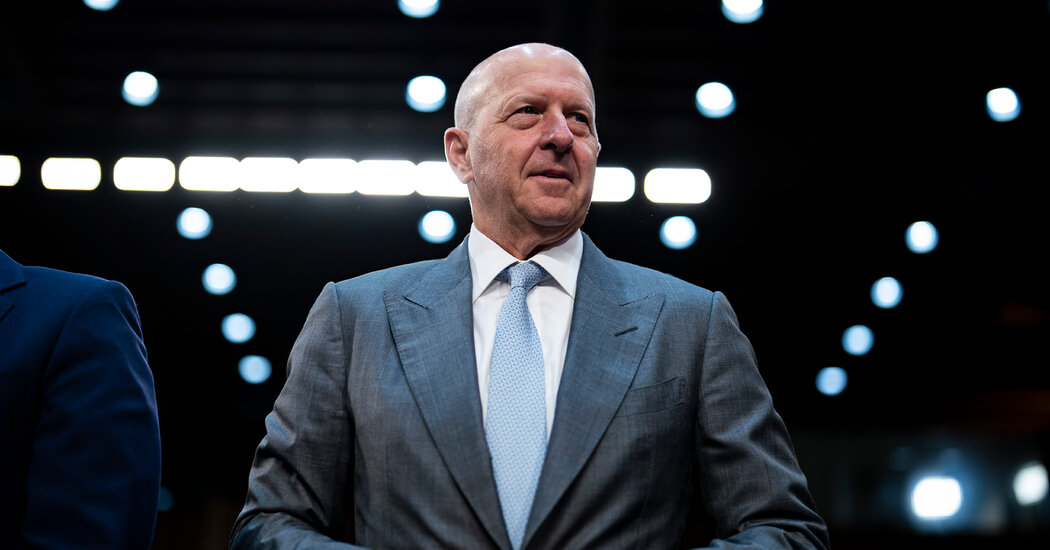Waves of customers hungry for cheap shrimp. A small team of waiters overwhelmed by unexpected demand. Tables were occupied for long periods of time, forcing new customers to wait ages to be seated.
Such was the chaos that engulfed popular seafood restaurant chain Red Lobster last summer when it made its “endless shrimp” promotion a permanent menu item.
The never-ending shrimp debacle would cost Red Lobster $11 million, representing a significant proportion of its $73 million net loss last year, and has been widely blamed for the company's decision to file for bankruptcy on Sunday.
But a closer look suggests it was actually a symptom of deeper factors.
Bankruptcy documents, experts and former employees described a growing combination of poor management decisions, destructive purchases and even the suggestion of shrimp-related wrongdoing by top executives.
So what really happened to Red Lobster?
A new owner who sold Red Lobster real estate
Red Lobster was founded in 1968 by Bill Darden and Charley Woodsby in Lakeland, Florida, at a time when good seafood was scarce in vast areas of the interior of the United States.
Its expansion was rapid, growing from 100 restaurants in the late 1970s to 705 in the United States and Canada in 2013, with additional franchises around the world.
Much of that expansion occurred under the auspices of American food giant General Mills, which bought the company in 1970 and spun it off as an independent company in 1995. But in the wake of the 2008 financial crisis, Red Lobster began to struggle and , in 2014 its parent company abandoned it to focus on more profitable brands such as Olive Garden.
The buyer was a San Francisco-based private equity firm called Golden Gate Capital. Instead of paying the $2.1 billion price tag himself, he partly financed the deal by selling most of Red Lobster's real estate to another company called American Realty Capital Properties, and then having Red Lobster lease its properties back. own restaurants.
These types of agreements are not uncommon in the restaurant industry, but this one would end up costing Red Lobster dearly. “It put cost pressures on Red Lobster that they never had before,” market analyst John Gordon recently told CNN.
In fact, a statement filed in support of Red Lobster's bankruptcy said the company has nearly $294 million in debt versus less than $30 million in cash, and blamed these “unfavorable leases” as a major factor.
The presentation itself estimates that the company's overall liabilities are even higher, between $1 billion and $10 billion.
“A significant portion of the company's leases are priced above market,” wrote Red Lobster CEO Jonathan Tibus, who was appointed in March to oversee and try to save the company.
Of the $190 million Red Lobster spent on rent last year, more than $64 million went to poorly performing branches, Tibus said.
“Given the company's operational headwinds and financial condition, the payment of lease obligations associated with delinquent leases has caused significant strains on the company's liquidity.”
Tibus also blamed macroeconomic factors such as high inflation, rising minimum wages in many US states, and the ongoing impact of the Covid-19 pandemic.
“What's really happened with Red Lobster is that the consumer base has changed and Red Lobster hasn't,” said food industry consultant Darren Tristano. Business Insider.
“Red Lobster is not losing to a competitor in its space, it is losing to competitors outside its space.”
However, Tibus' most shocking claims relate, once again, to shrimp.
The 'Thai shrimp mafia' goes into action
Starting in 2016, Red Lobster slowly came under increasing control by a global seafood company called Thai Union, which had long been one of the restaurant chain's main suppliers of shrimp.
As the restaurant struggled to recover from the pandemic, Thai Union became increasingly involved in its management. They increased menu prices to keep pace with inflation and at the same time increased the number of tables served by each waiter from three to ten.
“Thai Union drove huge cost reductions, including many that were costly and foolish because they hurt sales,” a former Red Lobster executive told CNN.
Another former executive, Les Foreman, said Thai Union had “no idea about running a restaurant company in the United States” and was “cutting costs everywhere it could,” making life “miserable” for employees.
One former employee said Thai Union made several menu changes driven by “executive opinion,” not what customers wanted. The chain experienced rapid turnover of top executives, including its CEO, CFO, and CMO.
According to Tibus, Thai Union's influence may also have been present when then-Red Lobster CEO Paul Kenny decided to pursue the “endless shrimp” venture, “despite significant pushback from other members of the company's management team.” company”.
Tibus' court filing says Red Lobster is investigating whether Thai Union and Kenny “encouraged excessive marketing” for the promotion, resulting in a glut of customers that caused a “significant” shortage of shrimp and whether Tibus's decision-making Kenny “circumvented the company's normal supply.” chain and demand planning processes.
It accuses Thai Union of “exercising enormous influence over the company's shrimp purchases,” and alleges that Kenny placed shrimp orders with Thai Union that “did not follow the traditional supply process or bidding cycle or adhere to the company demand projections”.
Tibus further alleges: “In apparent coordination with Thai Union, and under the guise of a 'quality review,' Mr. Kenny made a series of decisions that eliminated two of the company's breaded shrimp suppliers, leaving Thai Union with an exclusive agreement that led to higher costs for Red Lobster.”
In fact, CNN reported that Thai Union had seen the endless shrimp promotion as “a way to sell the mountains of shrimp it was catching.”
Those claims led to the former Vice and BuzzFeed News Journalist Mitchell Prothero joked that Red Lobster had been brought down by the “Thai shrimp mafia.”
In January of this year, Thai Union announced it would end its relationship with Red Lobster after suffering an estimated $530 million loss on its initial investment, which it attributed to broader economic conditions.
“The combination of the Covid-19 pandemic, continued industry headwinds, higher interest rates, and rising material and labor costs have impacted Red Lobster, resulting in financial contributions prolonged negative outcomes for Thai Union and its shareholders,” said Thai Union boss Thiraphong Chansiri.
“After detailed analysis, we have determined that Red Lobster's current financial requirements no longer align with our capital allocation priorities and therefore we are seeking an exit from our minority investment.”
More broadly, many have claimed the Red Lobster saga as an example of how the private equity business model destroys viable businesses by treating them as short-term cash cows and selling off their assets.
“Once they sell the real estate, then the private equity company is golden, and they have gotten their money back and probably more than they paid for it,” said Eileen Applebaum of the left-leaning Center for Economic and Policy Research. Business Insider.
“The retail apocalypse is about your real estate being sold out so you have to pay rent in good times and bad.”
The independent has asked Red Lobster, Thai Union and Golden Gate Capital for comment.










